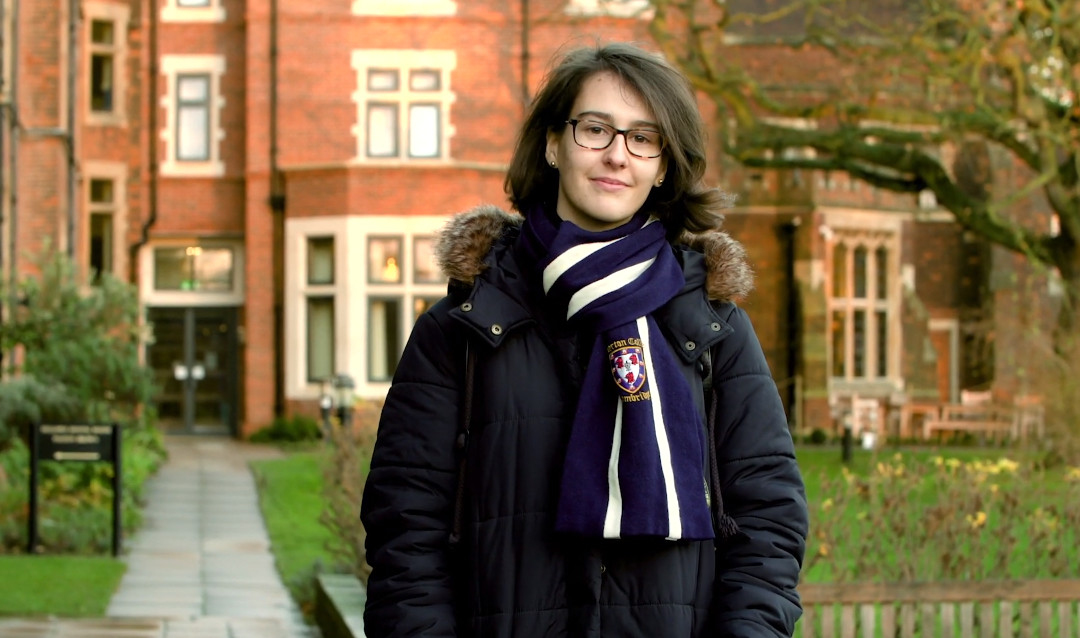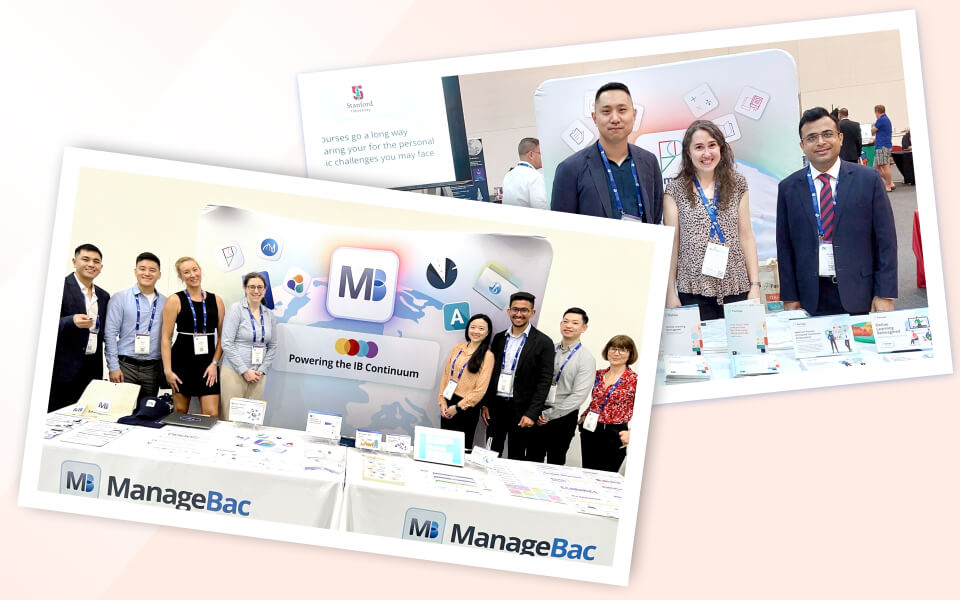This year we are marking International Women’s Day by catching up with María, a Mechanical Engineer who is passionate about encouraging women to study STEM subjects and join the engineering workforce.
What was your route into your chosen career?
I studied the IB at an international school in Lille, France. I’d been dreaming of studying Engineering at Cambridge since I was 15, so I chose Higher Level Physics, Chemistry and Mathematics. My school couldn’t offer Maths HL, so I completed the Pamoja Taught Mathematics HL online course. I then did go on to study Engineering at Cambridge, where I specialised in Bioengineering and Mechanical Engineering. Now I work in the medical device industry, designing drug delivery services.
Are there many women working in your field?
In my company of 35 people, only 4 of us are women – engineering remains a male dominated field.
What do you think are the reasons behind this?
It’s a very complicated issue. Partly it’s to do with girls and boys being socialised differently as children, whether consciously or unconsciously. So that stops many girls from even considering STEM subjects in the first place. And for those that do become Engineers, many face barriers when applying for jobs or in the workplace. Much of the time in the contemporary Western world, these barriers are subtle, complex and structural, rather than due to outright discrimination on the part of certain individuals (though that does happen sometimes unfortunately). The upshot of this is that some women end up dropping out of Engineering or are unable to progress to their full potential.
Just to be clear, other minorities face these challenges as well, not just women.
What more can be done to address the balance?
To start with, we need to make it clear that we need a diverse workforce and, in particular, we need diverse Engineers. This is the first challenge: convincing parents, teachers and employers that diversity matters and is worth investing in. Diversity makes good business sense: diversity of background leads to diversity of thought, whereas homogeneity risks group-think and missed opportunities.
The second challenge is getting children and young people excited about STEM, regardless of their circumstances. It’s about volunteering to do STEM outreach, taking your class to the science museum and getting Lego for your nieces and not just for your nephew.
The third challenge is getting employers to research and implement effective strategies to improve diversity. Here are a few ideas:
- advertise opportunities widely within the business instead of relying on word-of-mouth (Word-of-mouth disproportionately disadvantages women and other minorities, as they are often left out of informal networks within the workplace),
- make sure that job adverts do not use gendered language that might discourage female applicants, and
- encourage men to take advantage of schemes such as UK Shared Parental Leave.
To end on a positive note – the situation is improving. In my year at university about 29% of us were women, which is a significant increase with respect to the previous generation. I have seen (and participated in) a lot of great STEM outreach here in Cambridge. And my own employer is taking active steps to improve diversity in our company. I’m excited for the future!
#BalanceforBetter
Sign up to our monthly newsletter to keep up to date with all the latest Pamoja news.





